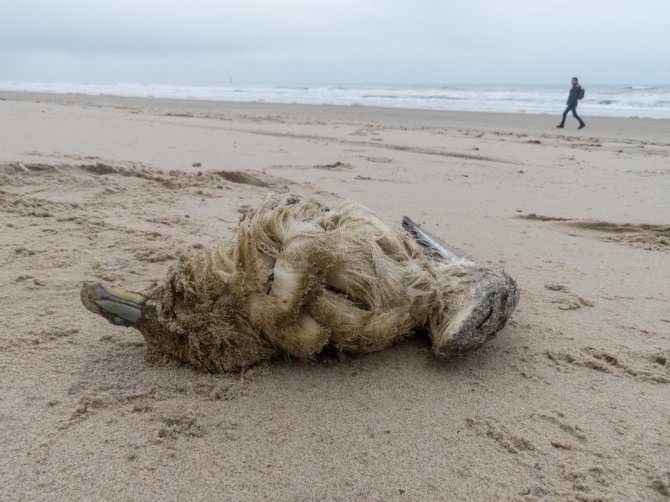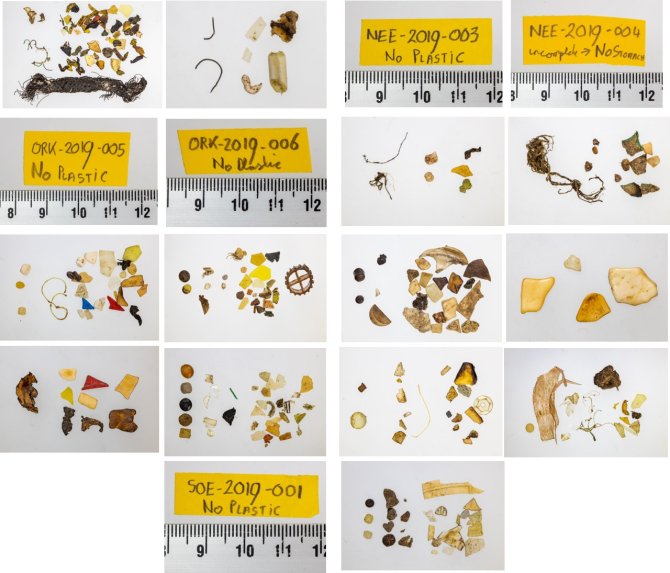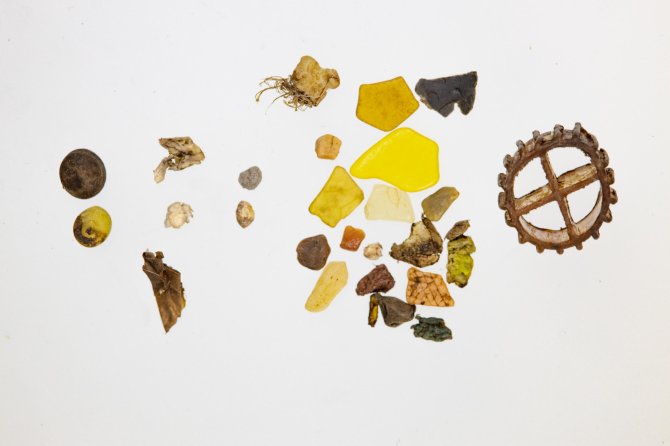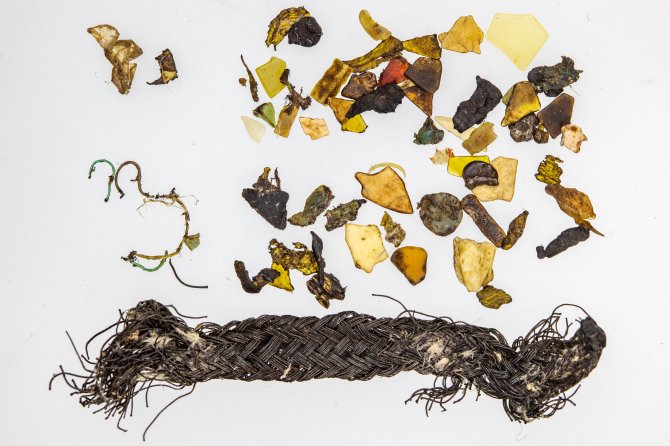
News
Volunteers are invaluable in fulmar research
The volunteers collecting beached fulmars from around the North Sea are absolutely invaluable. Without them, our monitoring study of plastics in the marine environment would be totally impossible. And without such monitoring, public awareness and policy measures to reduce litter would suffer.
Of course we distribute annual reports and scientific papers, but that level of information lacks the personal touch to make it valuable to the individual volunteer. Therefore, we try to produce reports that give information on individual birds, with summarized information from the autopsy (age, sex, condition and possible causes of death etc.) and the number and mass of plastics in the stomach supported by large photos. The downloadable document with this message is an example of such a report recently distributed among our British volunteers.

Not just the spectacular examples
Information is provided on all birds collected, so also the ones that proved to lack a stomach due to scavenging by e.g. gulls and crows. And also the ones that did not contain any plastic. In that way these photo reports give a good overall impression of frequency and quantity of plastics eaten by fulmars. It is the extreme examples that often attract attention, but it is the common occurrence of ingested plastic that is the real problem. In the series studied here, 76% of the stomachs (13 out of 17) contained plastic. That represents a relatively low score because commonly in the North Sea over 90% of fulmars has some plastic in the stomach.


"Sewage wheel"
Sewage plants use a range of plastic items (‘biomedia’) in their biological cleaning of waste water. In waste water treatment, plastic objects are used to increase the surface available for growth of micro-organisms, especially bacteria. Those organisms use the organic waste in the water to grow, thus purifying the water before it is released back into the environment. But accidents occur, see for example our dossier-message of 19 April 2019: ‘Again biobeads on the Dutch coast’, discussing mass strandings of blackish pellets used for such purpose. Another type of biomedia is shaped like a wheel with axes and extensions. One of those was found in the stomach of a fulmar from the Orkney Islands.

Rope bits
During repair and maintenance of nets and ropes, loose ends are commonly cut off, but often improperly disposed of. One may tend to consider such small bits from much larger objects of minor relevance. But they are relevant: the fulmar data show that also such loose bits end up in stomachs of marine wildlife.